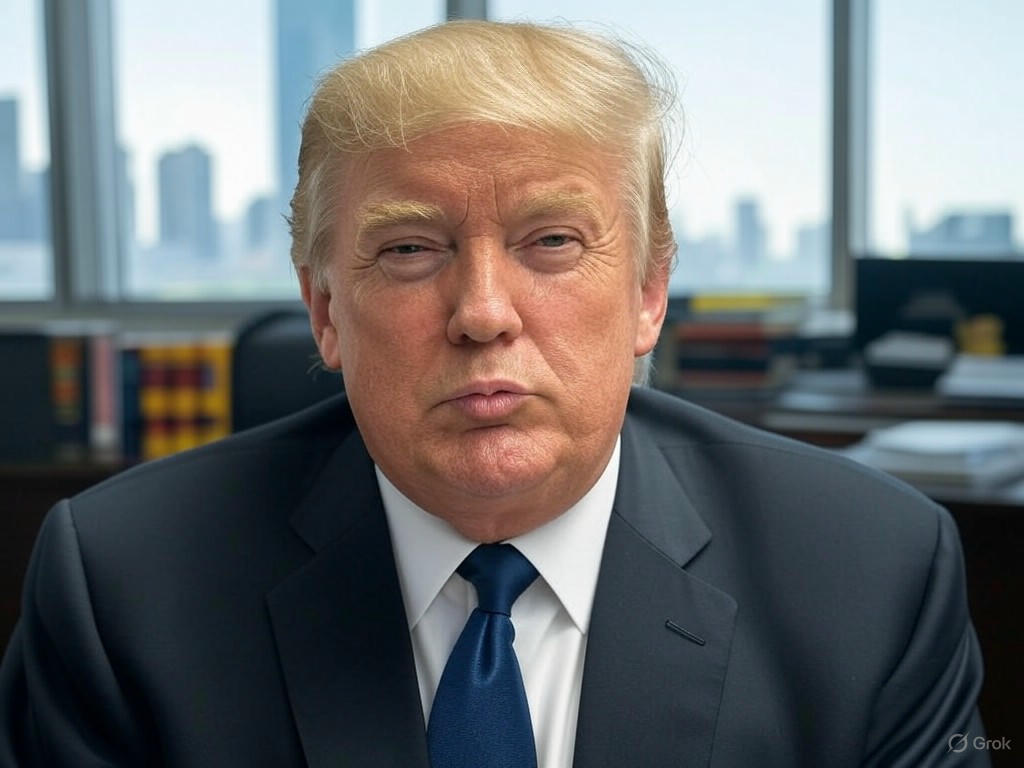Imagine stepping back in time to the 1980s, a decade of bold fashion, big hair, and even bigger business deals. During this era, a young Donald Trump was making waves in the world of real estate and entrepreneurship, long before his name became synonymous with politics. As a savvy investor, what if you had taken a chance on his early companies? The potential returns—or losses—might surprise you, offering a fascinating glimpse into the financial journey of one of America’s most polarizing figures.
Back in the 1980s, Trump was building his empire with high-profile projects like the Trump Tower in New York City, a glittering symbol of luxury that captured the decade’s obsession with wealth. His ventures spanned real estate, casinos, and even an airline, showcasing a knack for branding long before it became a buzzword. Investing in these businesses at the time would have meant taking a gamble on a man whose ambition often outpaced his track record. While some projects soared, others, like the Trump Taj Mahal casino, faced bankruptcy by the early 1990s. For an investor, this would have been a rollercoaster ride of high stakes and unpredictable outcomes. A hypothetical $10,000 investment in a diversified portfolio of his ventures might have seen significant growth during the real estate booms, potentially doubling or tripling in value with successful projects. However, setbacks in overleveraged businesses could have wiped out gains just as quickly.
Looking deeper, Trump’s business style in the ‘80s offers lessons for modern investors. His aggressive use of debt to fuel expansion was a double-edged sword, amplifying returns in good times but exposing vulnerabilities when markets turned. The failures of ventures like Trump Shuttle, his short-lived airline, highlight the risks of overextending into unfamiliar industries. Yet, his ability to rebound through branding and media savvy—turning setbacks into publicity—demonstrates a resilience that kept his name relevant. Today, calculating the exact return on a 1980s investment in Trump’s companies is tricky, as many were privately held or restructured during financial turmoil. Publicly traded entities like Trump Hotels & Casino Resorts, which debuted later in the ‘90s, often underperformed, with shares losing value over time due to repeated bankruptcies. Still, early real estate holdings in prime locations likely appreciated significantly, given New York’s property market trends over the past four decades.
Reflecting on this speculative journey, the takeaway isn’t just about dollar signs. Investing in a figure like Trump during his formative business years would have been a bet on personality as much as profit. It underscores a timeless truth in finance: high risk can lead to high reward, but only for those with the stomach to endure the volatility. Whether you’d be sitting on a fortune or lamenting a loss today, one thing is clear—backing an untested entrepreneur in the glitzy ‘80s would have been a gamble as bold as the decade itself.
